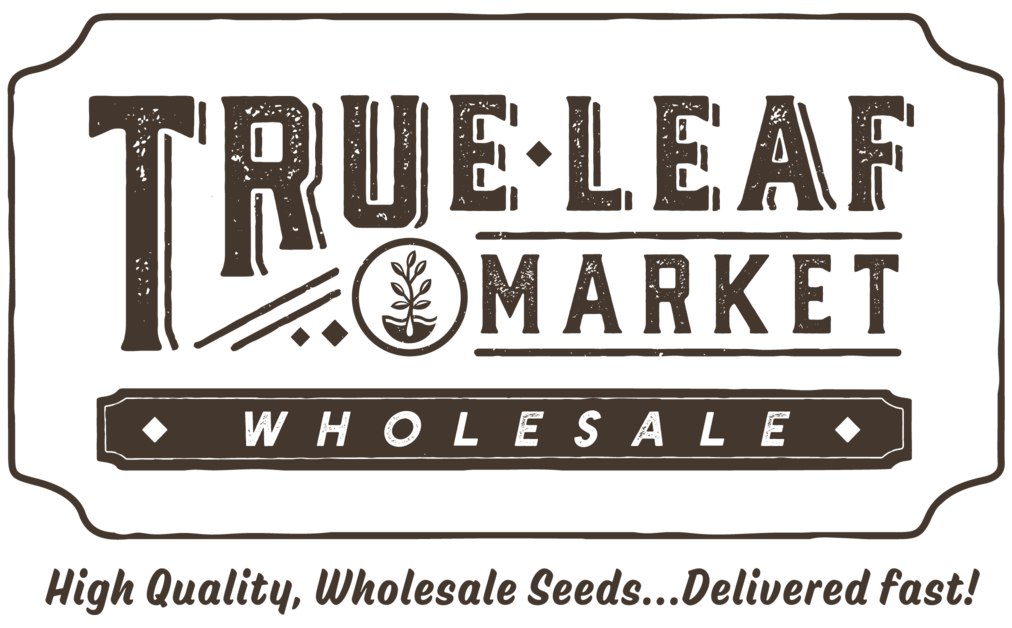Growing Non-GMO Red Russian Kale Vegetable Seeds
How to Grow Red Russian Kale from Seed
Kale is a cool hardy crop able to be sown directly in early spring or late fall. For best starts, begin indoors 3-4 weeks before final spring frost or 6-8 before the first autumn frost. Plant 3-4 seeds 1/4" deep per cell and 3-4" apart in the garden in nitrogen-rich, Organic, well-drained soil with a pH of 6.0-7.5. Germinates in 3-10 days, thinning out best starts to 1 plant per pot or every 12-18" in the garden as true leaves establish. Kale benefits from fertilizer every 4 weeks. Extended summer heat will cause plants to bolt and become bitter.
Non-GMO Red Russian Kale seeds can be grown in all grow zones, with full or partial sun. Directly sow the seeds one fourth of an inch deep in moist, rich soil, with a pH level between 6.5 and 6.8. Space the seeds eighteen to twenty four inches apart, with two feet between rows. While growing, the soil must be kept moist, but care must be taken to not over water the plants. The outer leaves can be harvested sixty days after sowing. Continuous harvesting is possible if the bud is kept intact.
Red Russian Kale in the Vegetable Garden
Kale has recently become one of the most popular vegetables both in and out of the garden. Whether because of unparalleled health benefits, ease of growing, or showy decorative color, there is almost no reason not to have a place for kale in the garden box. Kale is one of the most hardy Brassicas, boasting a tolerance to both heat and cold extremes and even overwintering in moderate climates. Kale is more diverse than you think, available in a variety of unique colors, shapes, sizes, and textures.
Frost improves the flavor of all varieties of kale, especially Red Russian Kale, so if planted for a fall harvest, wait for the first frost to sweeten it.
Harvesting Red Russian Kale
Most kale is ready to begin harvesting about 60 days from sowing. Kale is a "cut and come again" crop and continuously harvesting younger, outer leaves will encourage growth. Carefully cut back any yellowing leaves that may appear at the base. In warm enough climates, kale can produce over winter but, in colder regions, lay a tarp or row cover to further a winter harvest. Kale can be continually harvested for a few weeks if outer leaves are harvested and the center bud is left intact.
The outer leaves can be harvested fifty to sixty days after sowing. Continuous harvesting is possible if the bud is kept intact. If harvested properly, kale will keep growing so you can get more crop from the same plant. Clip the bottom leaves first and leave the upper leaves near the bud intact.
About Red Russian Kale Seeds
Brassica napus var. pabularia (60-70 days).
AKA: "Buda Kale" or "Ragged Jack."
This kale was first introduced to Canada by Russian fur traders.
Deep gray-green leaves are held up by red stems, but turn deep purple/red in cold weather. Red Russian kale is a bit more tender and flavorful then other kales. Cold tolerant and even tastier after the first freeze. The cold will also deepen the color. Grows 20-28" tall. Use it as an edible border it is so pretty!
Red Russian Kale is versatile and can be used for kale chips, soups, salads and stir fries.
Kale FACTS: *Kale is one of the most frost tolerant vegetables. *Kale grows best in cool weather. *Kale will perform much better with rich, well draining, fertile soil. * Water deeply reaching mature root zone. *Moisture fluctuations will cause tough and bitter kale leaves. *High summer temps reduces Kales ability to grow and produces bitter leaves. *Kale is a very rich source of Calcium, Iron, Vitamins A and C.




